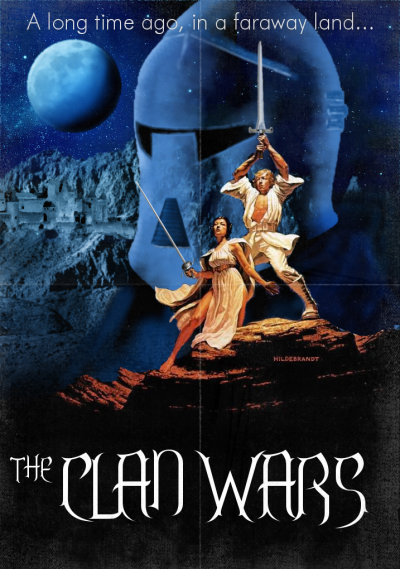Huzzah for peaceful coexistence! Unless you're planning some reverse Gorbachev to take hold of the USSR, I could see the Cold War ending without the fall of the USSR ITTL. While I didn't comment on it, I thought last week's update was excellent as well, but that goes without saying. I also appreciate the bonus image, really shows how 'alternate' this space race has gotten. Speaking of which, do you think the alternate historians of TTL would know what they're missing with the death of Korolev? Was he a known figure in rocket science before the PoD? If some ATL Nixonshead were to write 'Kolyma's Mercy', would they laugh at him for writing such a soviet spacewank? The 1969 moon landing itself could sound quite unrealistic as well. Nevertheless, keep up the good work!
PS some space station imagery would be most welcome
PS some space station imagery would be most welcome


